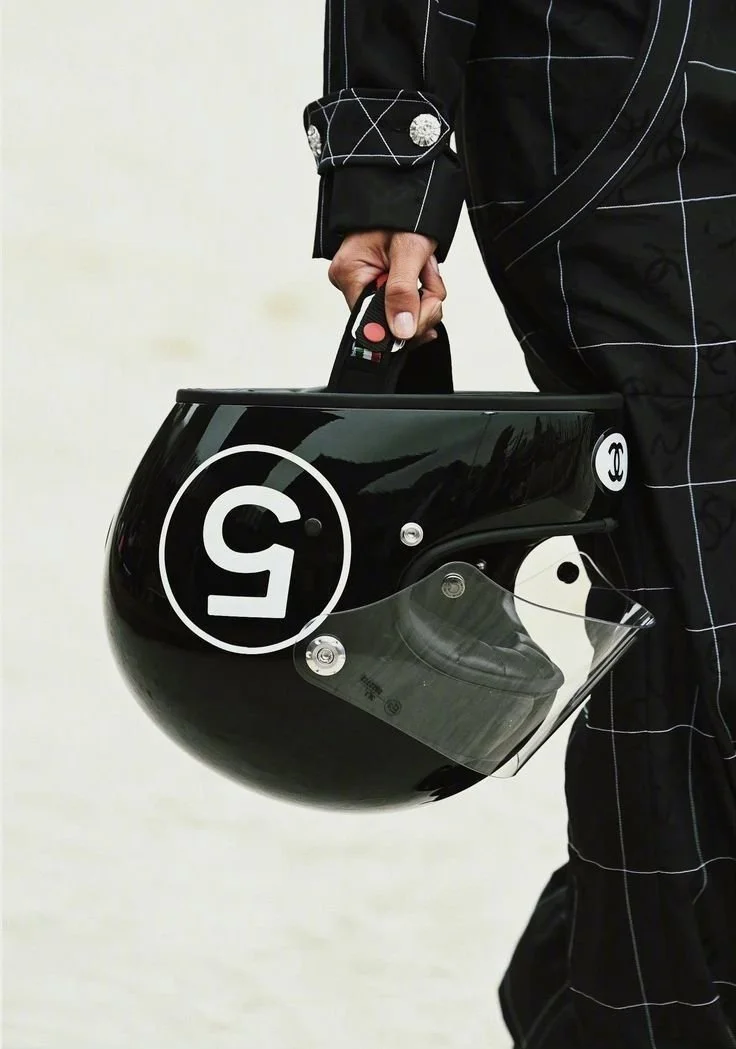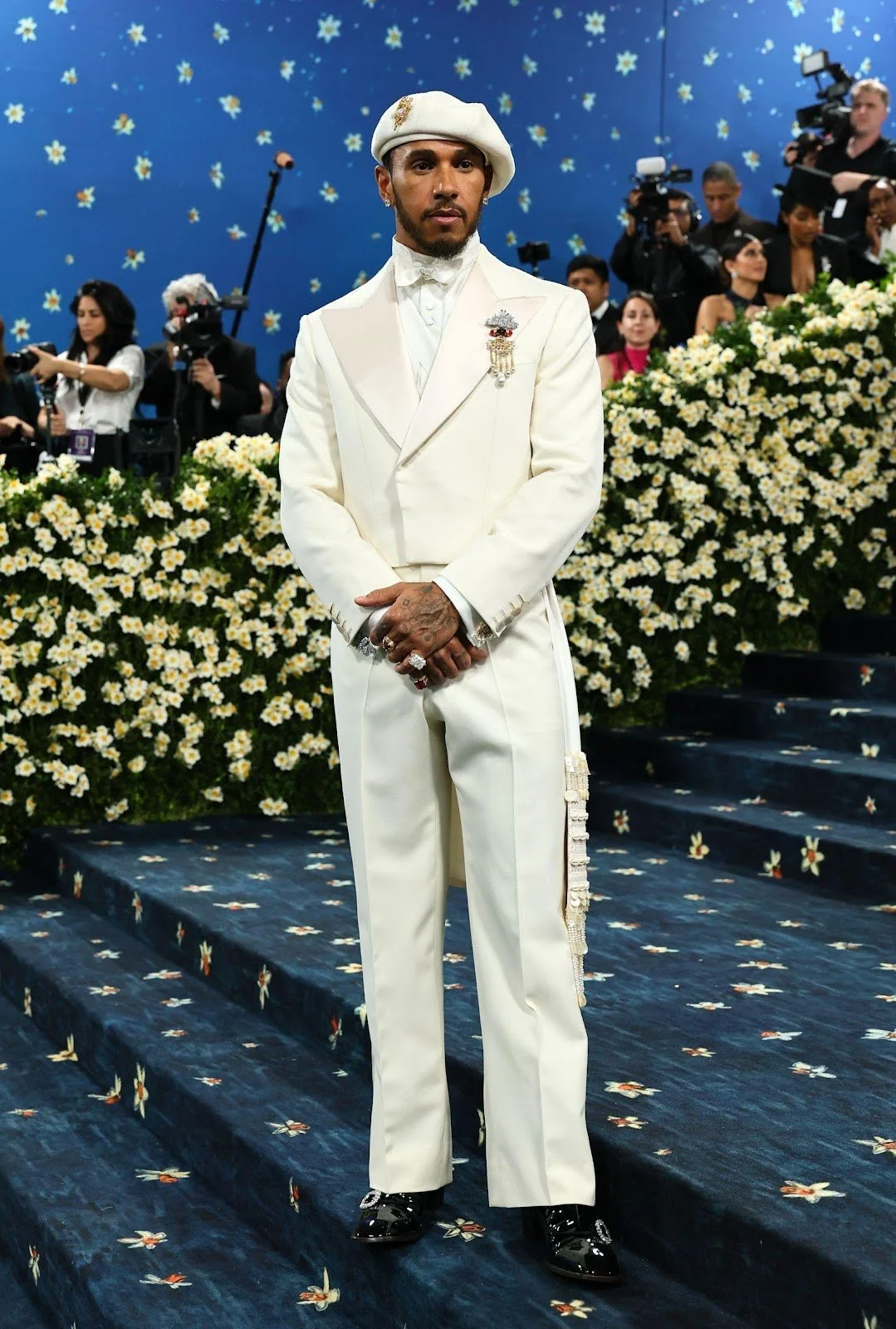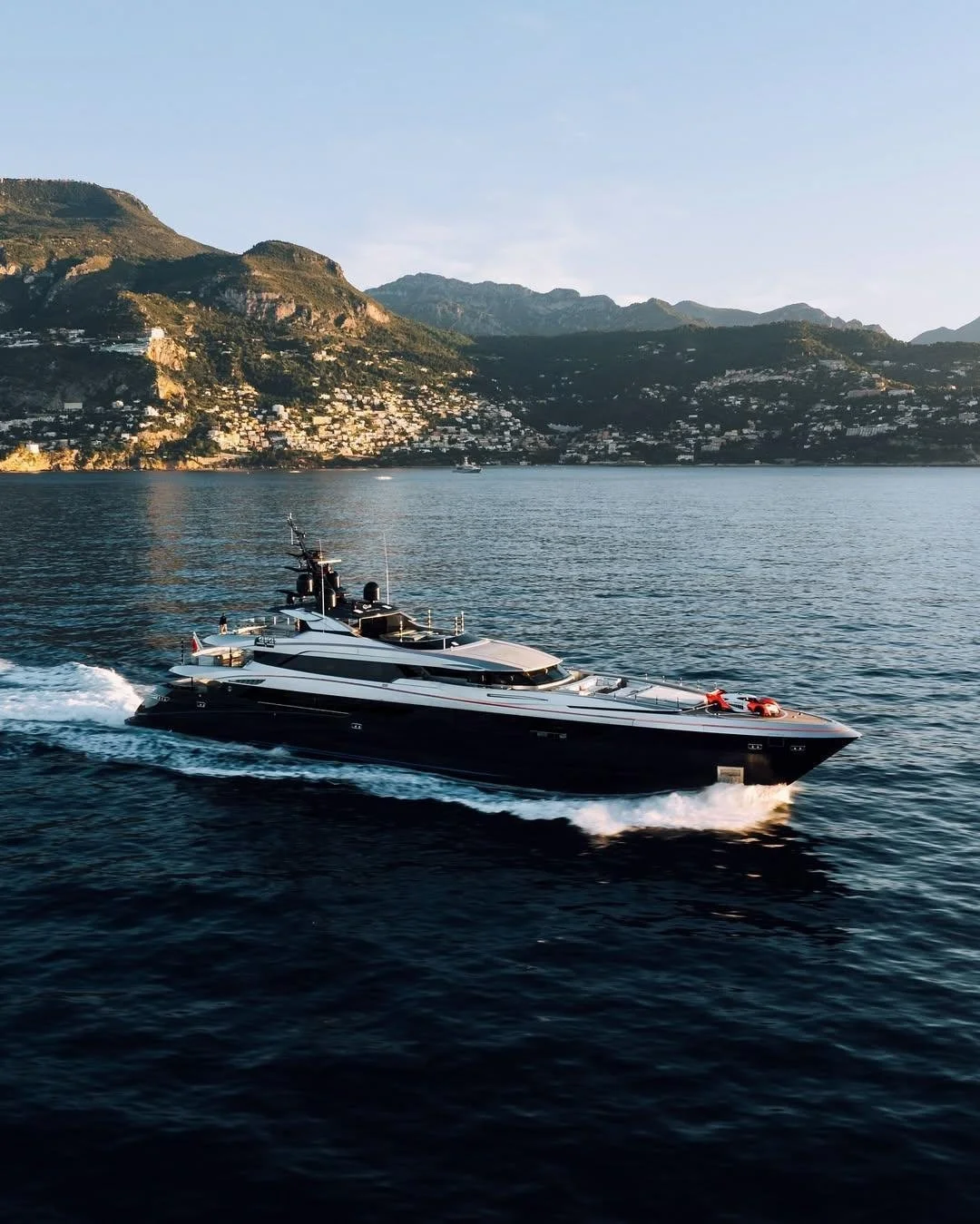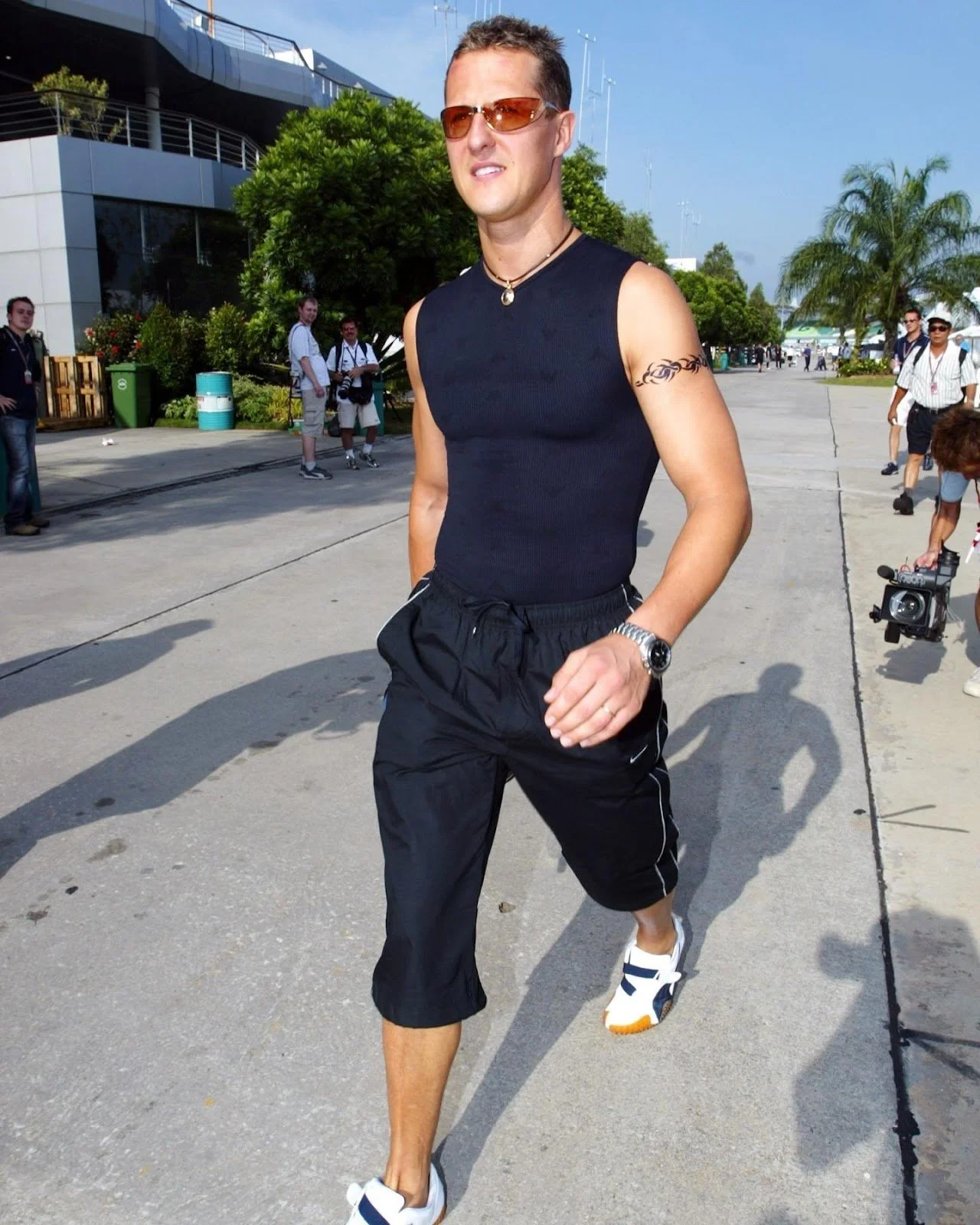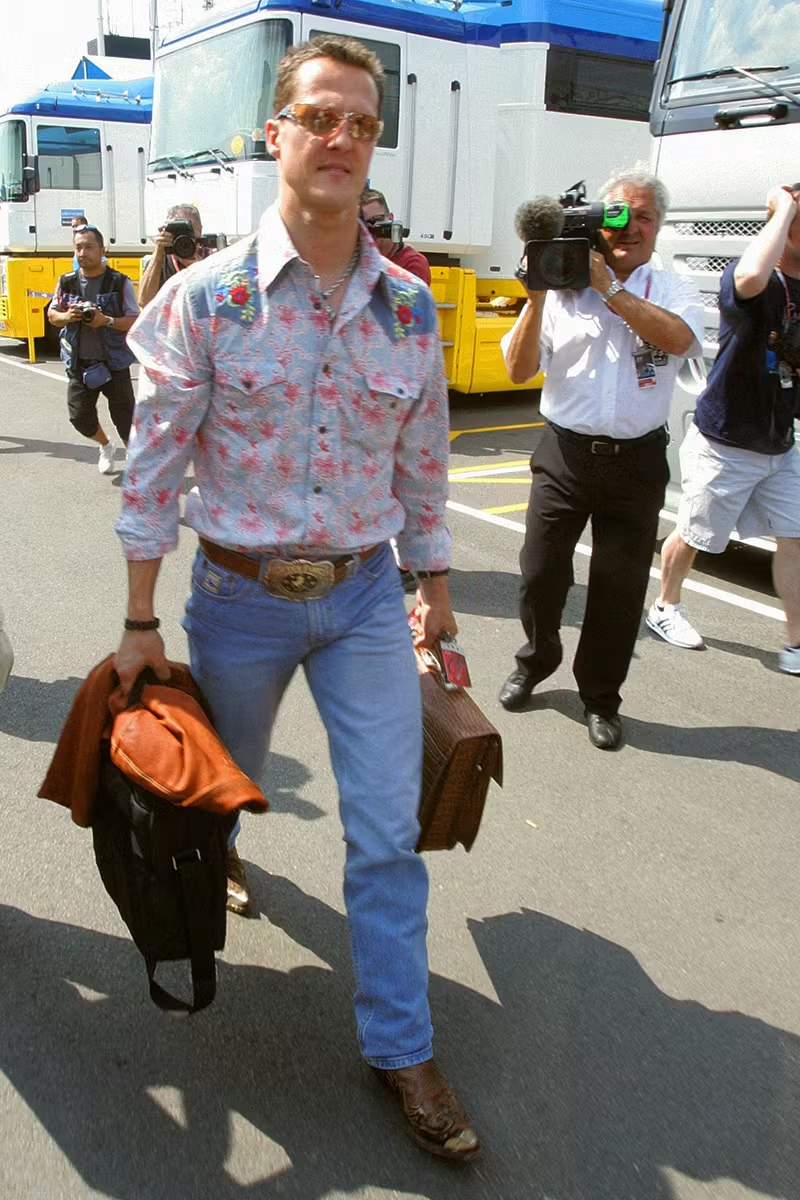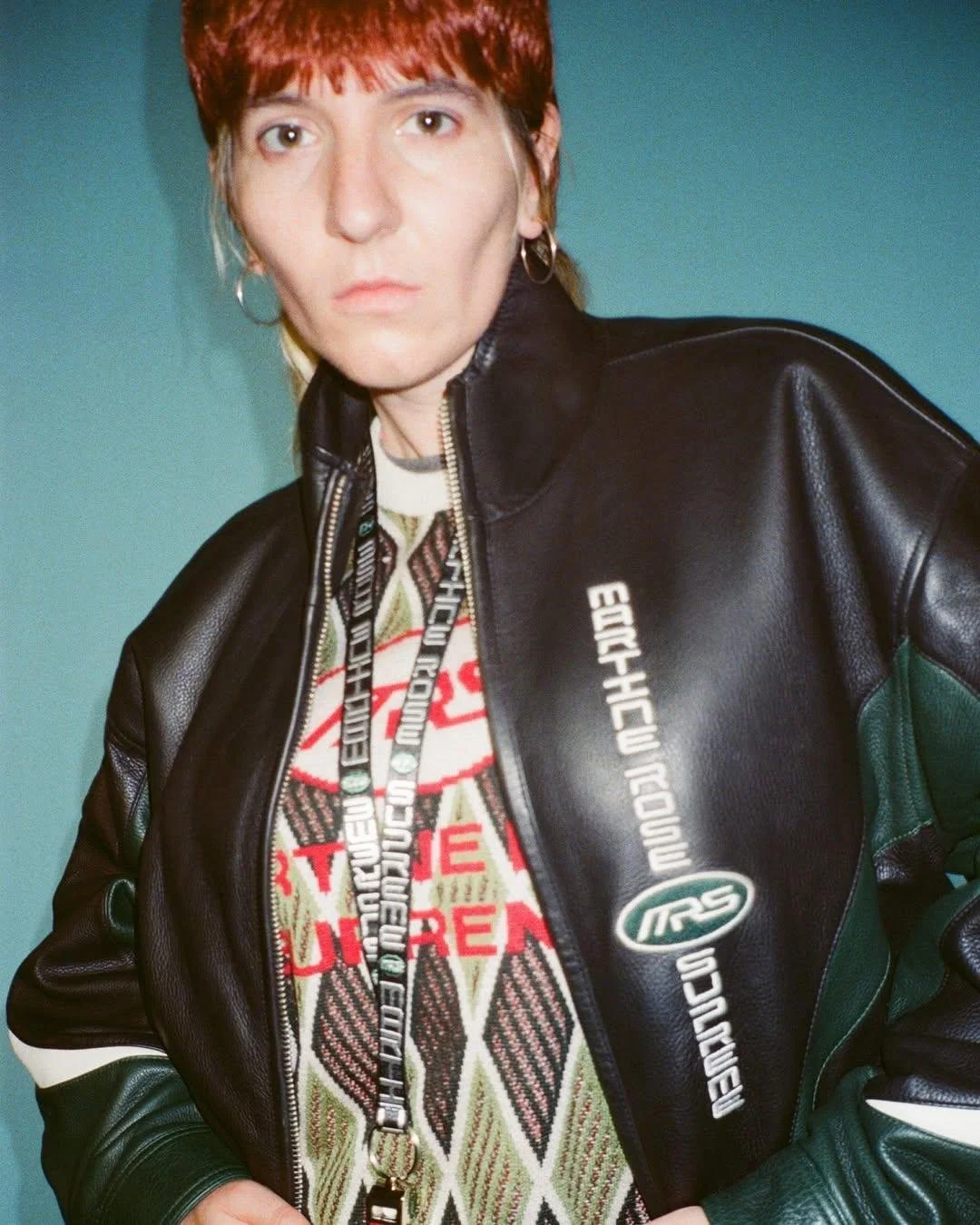All eyes on Monaco: Where Quiet Luxury, Motorsport, and Cultural Capital Collide
CHANEL Cruise 2023 (Credit: Dominique Maitre/WWD)
All eyes on Monaco: Where Quiet Luxury, Motorsport, and Cultural Capital Collide
More than just a race, Monaco is where legacy meets luxury. Crown jewel of Formula 1, the Grand Prix transforms the principality into an exhilarating mix of fashion, status, and spectacle for one unique weekend every year. From old money aesthetic to business opportunities, fashion has played a key role in Formula 1 over the past decades – and the biggest luxury and fashion brands are now scrambling to get themselves into the F1 paddock.
It’s no coincidence that this moment happens in May. The hottest month on the fashion calendar, when cruise shows take over, and all eyes shift to the MET Gala, Cannes, and — the Monaco Grand Prix.
The old ‘fashion week trinity’ used to be New York, Milan, and Paris — but in today’s cultural hierarchy, the true trifecta is being invited to the MET, Cannes, and the Monaco Grand Prix — from Haute Couture to streetwear to team merchandise and everything in between.
Lewis Hamilton at the MET Gala 2025 (Credit: Photo by Theo Wargo/Getty Images)
How Monaco Became the Crown Jewel of Formula 1
In the early days of Formula 1, street circuits were a rarity. Among the 77 tracks in F1 history, only 18 were urban - and Monaco was the first. With 71 Grands Prix to its name, it remains the sport’s most iconic urban circuit and the second longest-standing circuit in history (after Monza).
By embedding the race within the city’s streets, Monaco blurs the line between sport and spectacle. Lunch at Nobu, afternoon tea at Café de Paris, race-watching at the Fairmont overlooking the iconic hairpin, and an after party at Lilly’s Club - all while wearing Louboutin 120mm since everything is within a 500m perimeter.
Racing, living, and partying blend together into a beautiful, loud, exhilarating chaos — attracting both motorsport fans and socialites, transforming the Grand Prix into a cultural event — one that throughout the years has evolved into a place to see and be seen.
The Monegasque Way
But the real dress code isn’t printed on an invite — it’s lived, whispered, and deeply rooted in Monaco’s aesthetic philosophy.
Monaco exudes an “old money” aesthetic, also known as “quiet luxury”. The true Monegasque style favors timeless and elegant outfits, established brands, and no apparent logos over trendy or flashy designers. Trends come and go, but the Monegasque wardrobe remains remarkably consistent. The “old money” uniform doesn’t go out of style and is more relevant than ever: tailored pants, linen shirts, a neutral color palette, loafers and luxury handbags - a visual language of generational wealth.
Yet Monaco’s allure goes beyond its royal family or tax-friendly reputation. What truly sets it apart is the culture it projects: one of inherited elegance and impossible-to-fake status. This is a place where luxury isn’t performed; it’s lived.
Here, even leisure is a statement. It’s a rare place - perhaps the only one - where you can watch the race from a yacht or a luxury penthouse rooftop. But to blend in, you have to dress the part: fanciest car, luxurious watch, most fashionable outfit. Wearing the Monegasque uniform isn’t enough - you have to know the unwritten rules. The yachts? Riva. The watches? Swiss. The handbags — always French. The shoes: unmistakably Italian. And the cars? Either numbered or vintage collectors' editions.
And at the Grand Prix, it’s not the outfit or even the car that subtly reveals status — it’s the shoes. Footwear becomes a quiet signal: sneakers mean you're walking the long route; heels or elegant sandals mean you never had to.
Ultimate Superyacht, F1 Monaco 2025. (Credit: @tomclaeren)
From Garage to the Runway
While Monaco is synonymous with elegance, Formula 1’s relationship with fashion goes far beyond the streets of Monte Carlo. This fascination with appearance isn’t new, long before fashion labels filled the paddock, Formula 1 was already shaping — and being shaped by — the world of style.
F1 didn't wait for the Drive to Survive boom to influence fashion and for fashion to make its way into the garages. Back in the 1980s, Benetton, Hugo Boss, and Tommy Hilfiger were among the first brands to bridge the two worlds.
Mika Hakkinen on the set of a Hugo Boss photoshoot sometime in the mid-90s (Credit: @champagneandslicks)
Even before Lewis Hamilton redefined paddock style, icons like Ayrton Senna, Michael Schumacher and Jackie Stewart had already left their fashion mark. Many F1 drivers helped shape not only the sport, but everything around it — from the presence of sponsors, to their freedom of communication, to the way they dress.
For instance, Ayrton Senna became a style icon with some simple but efficient outfits like his colorful polo shirts paired with straight jeans and oversize trainers with the most fashionable sunglasses of the track. He was also one of the first drivers in the paddock to come up with his own logo and merch.
Ayrton Senna, Hungaroring, 15 August 1993. (Credit: Photo by Paul-Henri Cahier/Getty Images)
Ayrton Senna wearing a Senninha t-shirt (Credit: @senna.us)
Michael Schumacher also sported some iconic outfits like his fitted black tank top or the cowboy-inspired shirt and chunky-belt combo, some of his signature accessories included choker necklaces and bulky plastic sunglasses.
Michael Schumacher in Kuala Lumpur for the Malaysian Grand Prix 2004 (Credit: @f1)
Michael Schumacher at Silverstone, 2006 (Credit: Getty Images / DAMIEN MEYER / AFP)
Fashion has borrowed codes from racing since as early as the late 1960s when Betsey Johnson was one of the first designers to reimagine the “racer” leather jacket (now called the Perfecto jacket). Other designers like Thierry Mugler followed her lead, but it wasn’t before the late 1990s and early 2000s that the Perfecto leather jacket went from subculture accessory to high fashion staple.
From leather jacket and pants to racing boots and gloves, and even balaclava and helmets, fashion has created iconic racing-inspired pieces. The trend has touched every brand from luxury (CHANEL, Dior, Balenciaga…), to streetwear brands (Martine Rose, Palace…) all the way to the mass market (with recent collaborations between H&M and F1 or Abercrombie & Fitch and McLaren).
Over the years, the motorsports aesthetic has only accelerated. From the rising popularity of Formula 1 due to Drive to Survive, Rosalia’s Motomami tour or to the Y2K comeback (back when Fight Club and Fast and Furious influenced heavily fashion trends and Keanu Reeves, Brad Pitt and Ayrton Senna were fashion icons). Driven by the nostalgia of early F1 branding and sponsors, there’s booming demand for vintage pieces like the Marlboro jackets, Ferrari bombers or Benetton shirts.
Now, it’s more than a trend — it’s a new kind of fandom. The new generation of fans eager to form an emotional connection with their favorite teams and drivers created a new market for fan-made merchandise on platforms like Etsy and a demand for driver-led brands such as Enchanté by Daniel Ricciardo, +44 by Lewis Hamilton or AA23 by Alex Albon. Motorsport culture and “cool” aura around the sport inspired the rise of fashion labels purely based on racing like Rhude, Becane or Scuderia.
CHANEL Cruise 2023 (Credit: Dominique Maitre/WWD)
Martine Rose x Supreme (Credit @martine_rose)
The Business of Speed
What began as a style evolution has now become a strategic one — and fashion isn’t the only industry paying attention. Since the acquisition of F1 rights by Liberty Media, the demographics of F1 have shifted dramatically. Today, the sport is appealing more and more to women, who now represent 41% of the fan base, and the markets like the Middle East or the USA, which according to Forbes represents 22% of global F1 fans.
For brands, this is more than a sponsorship opportunity, it’s access to two markets that dominate spending: Americans and women (Forbes estimates that by 2028, women will control 75% of discretionary spending).
That’s why fashion and beauty brands are racing to get involved. For LVMH, the U.S. already represents 24% of its revenue (as per their 2025 Q1 results). Partnering with Formula 1 isn’t just visibility — it’s cultural currency. Many of these brands share the same values as elite motorsport: excellence, craftsmanship, determination, discipline, passion for innovation or transmission to younger generations. This generational appeal - something that F1 is now delivering in spades, is one of the main reasons why the LVMH - F1 partnership feels inevitable. That’s also why fashion and beauty brands recently signed F1 drivers like they were the latest and hottest K-pop stars.
Credit : ©Louis Vuitton
Monaco, Heritage Over Hype
Amidst all the innovation, it’s easy to forget that luxury is not always about novelty. Sometimes, it’s about presence — and permanence.
Monaco remains the crown jewel of Formula 1 not because it evolves, but because it endures.
For fashion, it offers less a platform for novelty and more a theater for validation. It’s not the place where you want to experiment with an edgy look, where you’ll discover the next big fashion designer, where you’ll invite new and upcoming creators or where you’ll throw “underground” parties and edgy pop-up events.
Monaco is an institution. The events you attend - and the clothes you wear - should reflect that. To be seen here isn’t just about being fashionable; It’s to be legitimized. It’s about reinforcing your status in society and in many circles.
In a cultural moment obsessed with speed, disruption, and reinvention, Monaco reminds us that in the race for novelty, business and buzz, sometimes - legacy wins.
